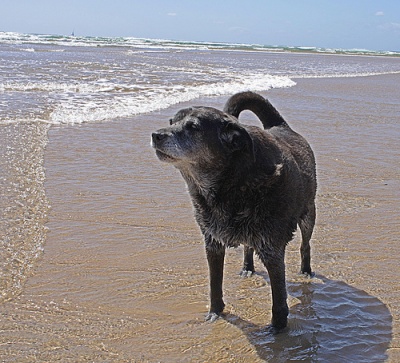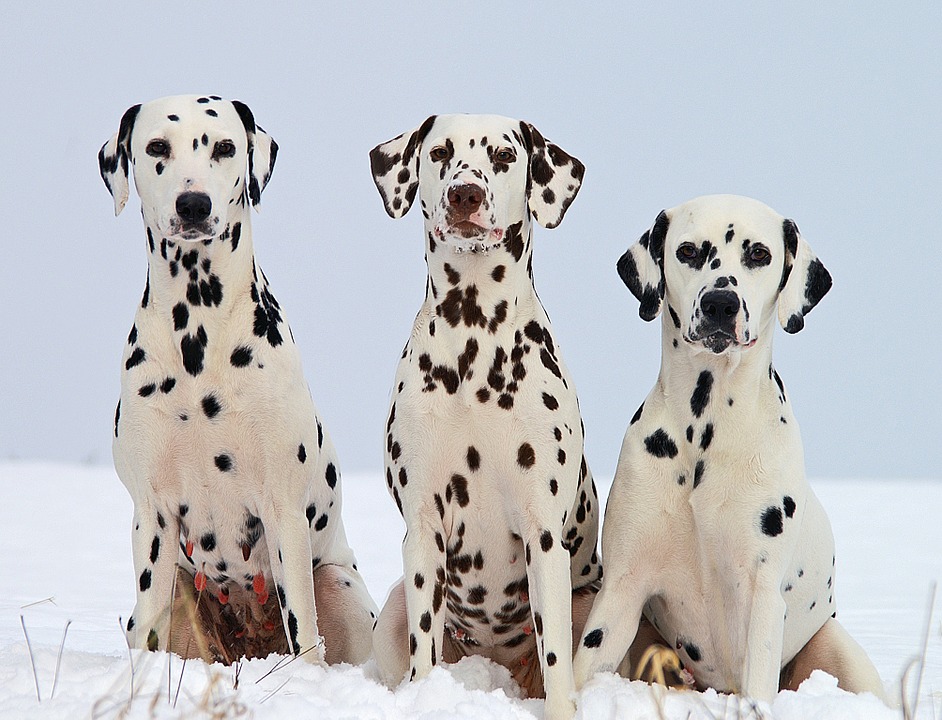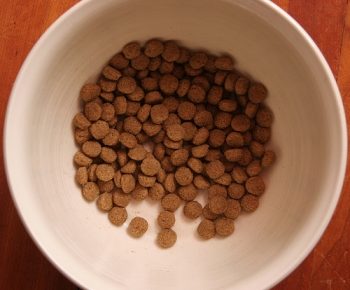
There are signs to look for that tell you that your dog is growing older.
Your dog’s muzzle begins to gray. They don’t see as well or respond to your call. They are not as active. They may have difficulty negotiating stairs or jumping into the car. Sad reminders our fur pals are aging.
But you can help your dog grow old gracefully.
It is a good idea to have your older dog checked by your vet at least twice yearly. Watch for any physical or behavioral changes. Incontinence, bumping into things, lameness, sudden aggressiveness are some things to be on the lookout for. These can be signs of aging or signs of an underlying illness.
Your older dog may need some diet changes. Your senior may require a bit less food if s/he is less active in order to control obesity. If you are feeding dry kibble, it may need a bit moistening with soup or water to make chewing easier and add canned food as well.
Consider purchasing a bed for your senior dog that is easy to get into and out of and will ease aches and pains. Be sure on those cold days to put the bed in a warm spot.
Exercise is still important, but ease back a bit. Our dogs want to please us, but don’t ask more than your senior is capable of.
Talk to your vet about vaccinations if you are not already on the at least 3 year program. Please see our article about the vaccination controversy.
Continue grooming your dog. Check ears, eyes, nails and teeth. Massage is always a welcome treat and it allows you to check for any unusual lumps or bumps. It also gives you the opportunity to spend quality time with your pal.
Engage your senior in some playtime – it will help to keep the mind active. And yes, you can teach an old dog new tricks. Just keep them within your dog’s physical abilities. Walking is a great exercise for the body and the mind. Watch your senior for any signs of tiredness, don’t overdo.
Most important of all, give your oldster lots of love – who is more deserving for all the years of loyalty and love given to you.
Related Articles


